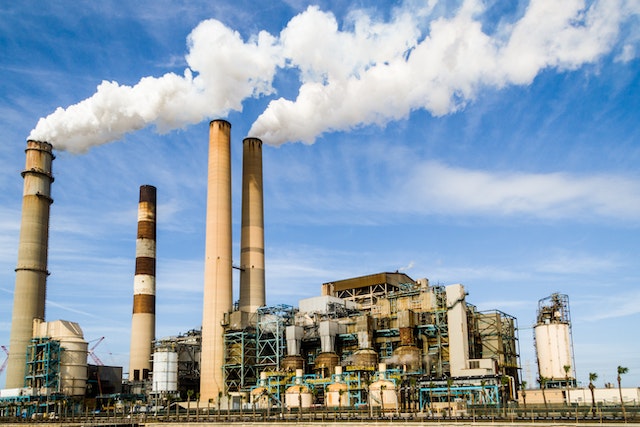Comments
- No comments found

Air pollution continues to be a major health risk in Europe, causing over 1,200 premature deaths annually among children under the age of 18 and increasing the risk of chronic diseases later in life, according to a report by the European Environment Agency (EEA) released on Monday.
The study, conducted in over 30 European countries, including the 27 member states of the European Union, found that despite recent improvements, key air pollutants remained above the World Health Organization's (WHO) guidelines, particularly in central-eastern Europe and Italy. The report did not cover the major industrial nations of Russia, Ukraine, and the United Kingdom, suggesting that the overall death tolls for the continent could be higher.
In November 2020, the EEA reported that air pollution caused 238,000 premature deaths in the European Union, as well as Iceland, Liechtenstein, Norway, Switzerland, and Turkey. The latest report focused specifically on children and found that "the number of premature deaths in this age group is low relative to the total for the European population estimated by EEA each year, deaths early in life represent a loss of future potential and come with a significant burden of chronic illness, both in childhood and later in life." The EEA urged authorities to improve air quality around schools, nurseries, sports facilities, and mass transport hubs.

The EEA report noted that poor air quality can aggravate chronic conditions such as asthma, which affects nine percent of children and adolescents in Europe. Exposure to ambient air pollution after birth can also increase the risk of several health problems, including reduced lung function, respiratory infections, and allergies. Furthermore, air pollution can increase the risk of chronic diseases in adulthood, such as cardiovascular diseases, stroke, and lung cancer.
The report found that 97 percent of the urban population in 2021 was exposed to air that did not meet WHO recommendations. The WHO attributes seven million global deaths annually to air pollution, almost as many as those caused by cigarette smoking or poor diets. Several hundred thousand of these deaths concern children under the age of 15. Although the situation in Europe appears to be better than in many other parts of the world, air pollution remains a significant health risk.
The EEA noted that the EU was on track to meet its target of reducing premature deaths by 50 percent by 2030 compared to 2005. In the early 1990s, fine particulates caused almost one million premature deaths annually in the 27 EU nations. That figure fell to 431,000 in 2005. However, improvements in air quality are not consistent across Europe, with key pollutants remaining above WHO guidelines in many central and eastern European countries, as well as in Italy.
It took until September 2021 to reach an agreement to tighten limits set for major pollutants in 2005. Fine particulate matter, primarily from cars and trucks, is considered the worst air pollutant, followed by nitrogen dioxide and ozone. In Thailand alone, where toxic smog has affected parts of the country, health officials reported that 2.4 million people sought hospital treatment for medical problems linked to air pollution since the start of the year.
Air pollution continues to pose a significant health risk, particularly for children and adolescents. While the EU has made progress in reducing premature deaths caused by air pollution, much remains to be done to improve air quality, particularly in central and eastern Europe and Italy. Authorities must focus on improving air quality around schools, nurseries, sports facilities, and mass transport hubs.

Preventing air pollution requires concerted efforts from individuals, communities, industries, and governments. Some measures that can be taken include reducing the use of fossil fuels, promoting the use of clean energy sources, improving public transportation, promoting active transportation such as walking and cycling, using energy-efficient appliances and vehicles, and supporting policies that prioritize public health and environmental protection.
Additionally, individuals can take simple steps like reducing energy consumption in their homes, using eco-friendly products, and practicing responsible waste disposal. Education and awareness campaigns can also help to encourage people to adopt more sustainable lifestyles and reduce their impact on the environment.
Ultimately, it will take a combination of personal responsibility, collective action, and policy changes to effectively prevent air pollution and protect public health.
Leave your comments
Post comment as a guest